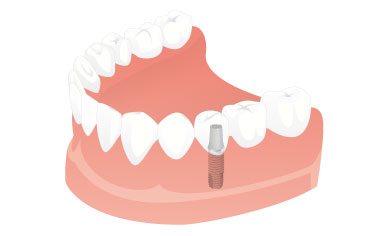"Dental Implants Net" is an information site aimed at providing a better public understanding and popularization of dental implants.
Pretreatment for implant placement - Dental Implants Net
Some patients with tooth loss may lose bone in the jaw to support the implant. In such patients, it is difficult to perform implant treatment. In these cases, treatment to increase the bone quantity may be performed before implant placement.
How is bone loss in the jaw?

If the period of tooth loss is prolonged, the bone supporting the tooth becomes thin due to the lack of adequate functional pressure.
In addition, in patients with gum disease, the bacteria in plaque cause the gums to become inflamed, resulting in resorption of the jawbone.
Excessive bone loss in the jaw prevents stabilization of an implant, which makes implant treatment difficult. However, even if the bone quantity is insufficient, implant treatment is not always impossible.
An increase in bone quantity allows the placement of dental implants.
Here, various approaches to increase bone quantity for implant placement are presented.
Types of surgery
| Cases of insufficient bone thickness | ||
|---|---|---|
| Technique | Treatment | |
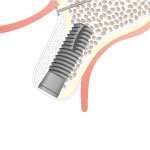 |
GBR (Guided Bone Regeneration) technique | GBR is used to facilitate bone regeneration when the bone thickness in the jaw is insufficient for implant placement. |
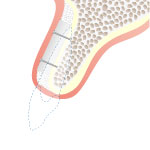 |
Bone graft | Bone grafts can build up or fill in jawbone defects allowing the placement of dental implants. |
| Cases of insufficient bone height in the upper jaw | ||
|---|---|---|
| Technique | Treatment | |
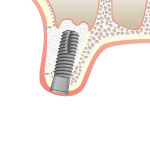 |
Sinus Lift | The sinus lift technique is used in cases in which the height of the upper jaw is insufficient. |
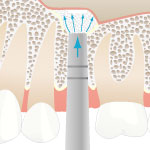 |
Socket Lift | The socket lift procedure allows an increase in bone quantity in cases where the height of the upper jawbone is greater than 5 mm. |
| Cases of insufficient bone width | ||
|---|---|---|
| Technique | Treatment | |
 |
Split Crest technique | The split crest technique is an operative procedure for insufficient bone width. |
People that viewed this Article also viewed these Articles

- What type of dental treatment do you require?
- Basic knowledge of dental implants
- Dental Implants surgery
- Before&After - Photos of dental implant cases
- Success stories
- FAQ
- Privacypolicy
- About us
- sitemap
- Dental Glossary
- Find an Implant Dentist
- To dentists and managers












